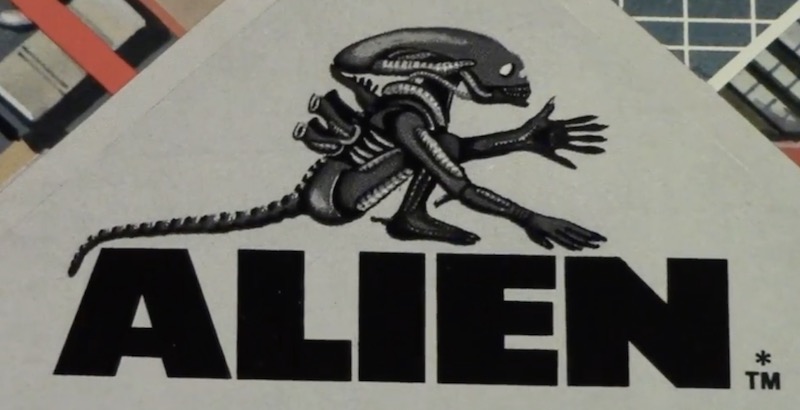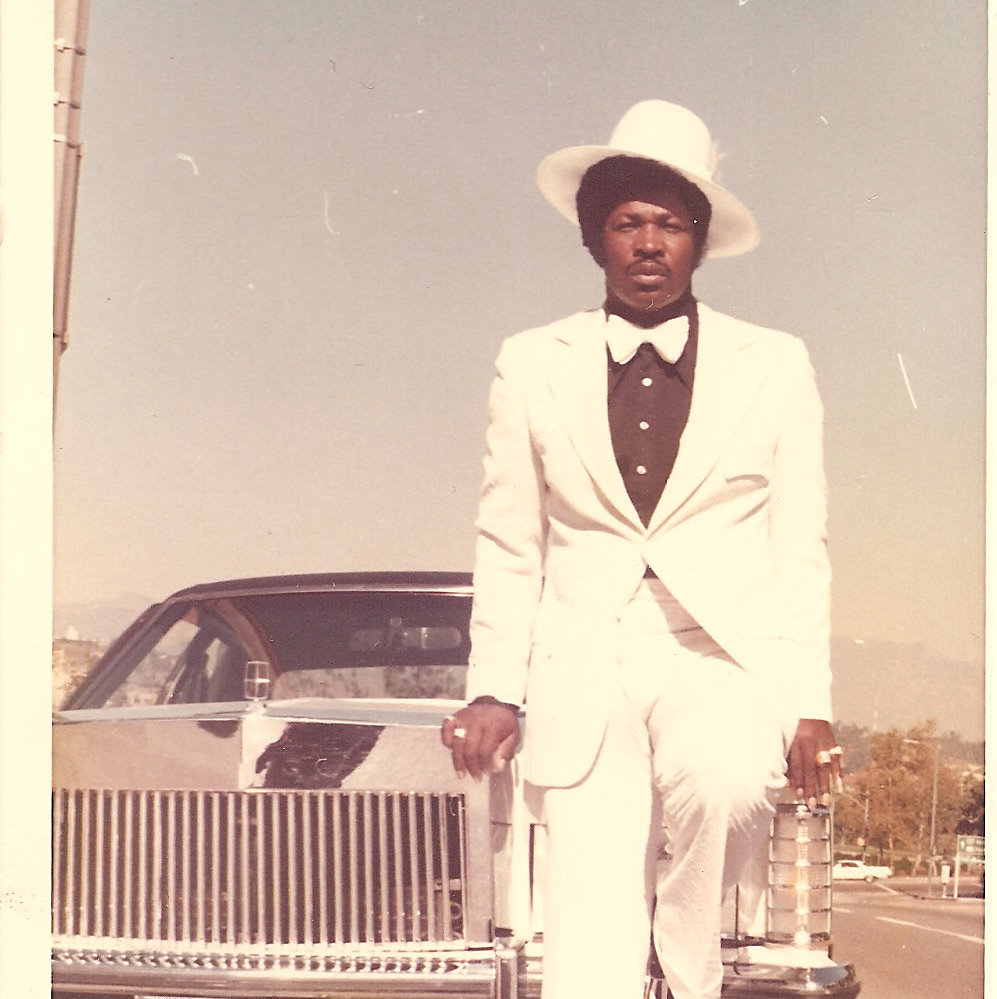
We’ve noted before that the merchandising arm connected with Ridley Scott’s original Alien movie of 1979 didn’t seem to know anything about the movie. (For example here are a bunch of trading cards Topps put out, with bland text that seems pretty clueless about what’s actually in the movie.)
Apparently nobody had gotten the memo that Alien was an R-rated thrillfest in which an alien creature gorily bursts through the chest of one of the characters—this movie was clearly not intended for nine-year-olds, which made the attempts to market the movie to nine-year-olds all the weirder. (Actually, I myself was nine years old when Alien came out—I didn’t see it, but I vividly remember a classmate of mine telling me all about it. Obviously the chestburster scene was the main thing he talked about.)
So here’s another kid-targeted mindfuck…. an actual Alien board game, put out by Kenner!

On BoardGameGeek, the world’s greatest resource for board game enthusiasts, the user reviews for this game are all over the map, and it’s easy to see why. A glance at the board reveals that the game is probably a pretty lazy rehash of Parcheesi, which is basically true. (If you were given a single day to design a board game as a tie-in for, say, Kong: Skull Island, you’d probably end up with something along the lines of Parcheesi, too.) But at the same time, there are some clever touches.
The object of the game is to make your way through the Nostromo to reach the Narcissus space station. Each player has three Astronaut tokens and one Alien token. You roll dice and move players around, and a player can use his or her Alien to take out the opposing Astronauts. Now right there you have an instant contradiction: The whole point of the Xenomorph is that nobody “controls” the fucking thing. It is inherently uncontrollable. The dictates of symmetrical gameplay that would have reigned in the 1970s meant that you couldn’t have one player as the alien and other players representing the Nostromo crew members, which is how the game probably should have been designed.
Anyway, I mentioned clever game design. The main feature I wanted to point out was the introduction of “air shaft” pathways that are only available for the Alien to use. I like that idea quite a bit. Parcheesi doesn’t have that feature, right?
Also, in the game instructions there appears what is maybe the greatest sentence ever to appear in an instructions manual for a game designed for kids. The sentence is: “Aliens are never eliminated.” Eek!

It’s interesting that the understanding of Ripley as a movie character for the ages had not solidified yet. Sigourney Weaver’s image doesn’t appear anywhere on the box. Here’s an interesting custom logo that Kenner must have cooked up for the game:

If you paid the original price for this game in 1979, you lucked out by obtaining what would eventually become a collector’s dream acquisition.
Continues after the jump…






.jpg)

























